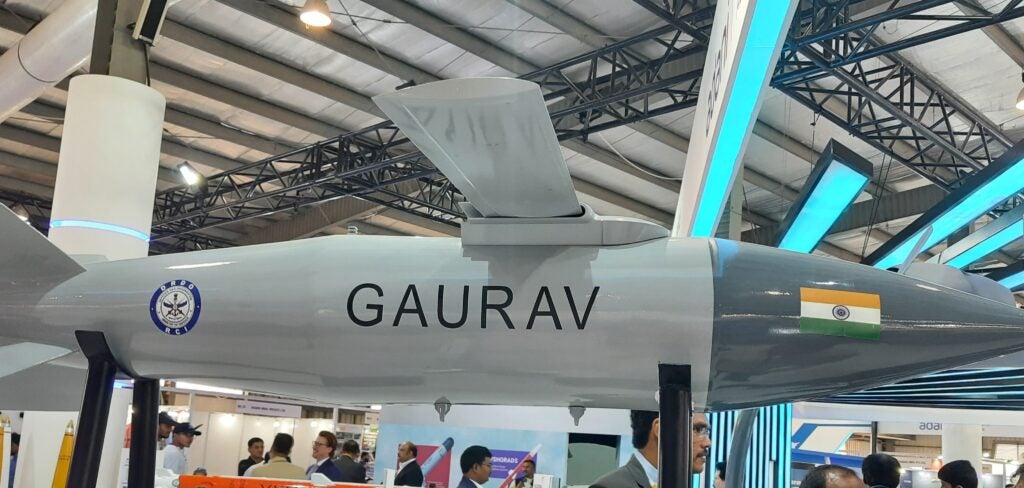India Conducts Maiden Flight Test of Gaurav 1000kg Class LRGB from SU-30 MKI
Gaurav is part of the Long Range Glide Bomb (LRGB) family, which is being developed indigenously by Research Centre Imarat (RCI) Hyderabad, a premier lab of DRDO. The family features two guided bombs, Gaurav and Gautham, both feature tail control surfaces for manoeuvring, while Gaurav features a set of wings for range extension.
The LRGB launched by SU-30 MKI successfully hit the target erected at Long Wheeler’s Island, Odisha with pinpoint accuracy. The flight profile was monitored using telemetry and electro-optical tracking systems deployed by the Integrated Test Range along the coastline of Odisha.
India’s Minister of Defense Raksha Mantri Shri Rajnath Singh complimented DRDO, IAF and industry for the successful flight test. Sing described it as ‘a major milestone in the country’s effort in developing indigenous defence technologies’.
The Development cum Production Partners (DcPP) – Adani Defence and Bharat Forge – also participated during the flight trial. Adani Defence inaugurated the ULPGM and LRGB serial production line at Hyderabad in October 2023. The Defence Procurement Boards and Defence Acquisitions Council accorded the Acceptance of Necessity (AoN) for the induction of LRGB in December 2022, along with the Tactical Advance Range Augmentation (TARA) kit. The bomb is initially envisioned to be integrated with SU-30 MKI and Mirage-2000 of the Indian Airforce with fleetwide adoption thereafter. SU-30 MKI will be able to carry up to 5 LRGB on weapon stations 1, 5, 6, 7, and 8.
About Gaurav LRGB

(Image credit – AdithyaKM_)
The LRGB features an Inertial Navigation System with GPS and IRNSS (Indian Regional Navigation Satellite System) to achieve an accuracy of <15m. Gaurav, the 1000kg LRGB with a length of 4.027m, a diameter of 620mm and a wingspan of 3.4m boasts a maximum range of over 80km, while the Gautham, with similar physical dimension but a weight of 550kg features a range of over 30km.
The bombs support two types of warheads, Proximity Fuse (PF) and Penetration Cum Blast (PCB) with the capability to penetrate over 3m. The bombs can be released from as low as 1km and up to 12.6km altitude, at Mach no. 0.6-0.95. The bombs can hit the target at a terminal velocity of over 300m/s at ≥70° (PCB) or 225m/s at a ≥15° impact angle (PF). It has an RCS of less than 0.3m² in S, C, and X bands, making it hard for the enemy radar to detect the bomb at long ranges.

